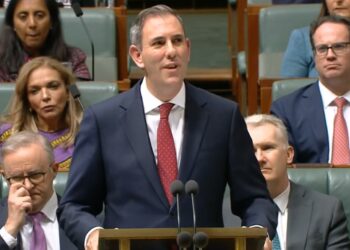Wealth Data founder Colin Williams believes the number of new entrants joining the financial advice profession remains insufficient, despite government and industry action.
According to the research house, the number of new entrants commencing in advice has “improved significantly” each year post-royal commission (RC).
In 2019, just 30 advisers joined the industry amid the RC’s regulatory turmoil. Out of that figure, just a third remain on the Financial Advisers Register (FAR) now.
This percentage rapidly increased in 2020, jumping to 73 per cent of the 74 new entrants who joined that year remaining on the FAR currently.
The subsequent years saw steady increases – with 83 per cent of the 269 advisers who entered in 2021 remaining and 84 per cent continuing of the 357 who joined in 2022.
Looking at 2023, an improved 403 new entrants entered the profession – with 95 per cent of those still registered on the FAR.
“There has been a solid push over recent years to have more new entrants join the financial advice sector,” Williams said.
“The rules post-2018 now require new advisers to undertake a more rigorous path to becoming a financial adviser, but is it working?”
He continued: “I don’t believe we have enough new entrants and history to tell us if the new approach for becoming an adviser is successful.
“The last few years of data indicate a higher percentage of new entrants are remaining current, which is good to see. However, the number of new entrants are low, indicating a higher set of barriers to entry now exist and restricting the opportunities to attract new advisers.”
However, Anne Palmer, general manager for education and professionalism at the Financial Advice Association Australia (FAAA), recently offered a different perspective.
Speaking to ifa sister brand Money Management earlier this month, the general manager was optimistic about the “super enthusiastic” cohort of new advisers entering the industry, who haven’t felt weighed down by the period of upheaval and regulatory overhaul in previous years.
“They’re not really burdened by all the changes the profession had in the past – they haven’t had to go through all of that. They just enter the profession as it is now and they’re super excited to get started. We find that they are generally a very enthusiastic bunch.”
To further attract more tertiary students into advice, Palmer previously pushed for greater awareness of the profession at the high school level.
“Not many year 12 students think, ‘That’s what I want to do’. Awareness is low at that age group,” she explained.



